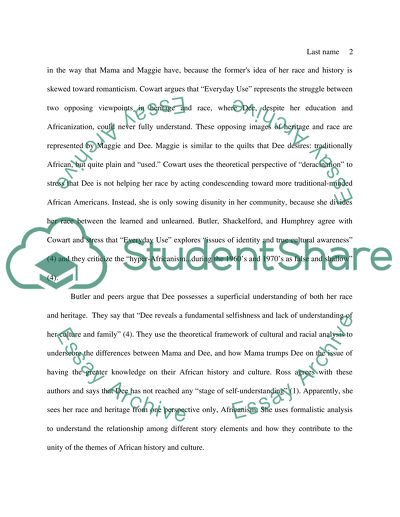Cite this document
(“Alice Walker's Everyday Use. The Quilt's Symbolism for Heritage and Research Paper”, n.d.)
Retrieved de https://studentshare.org/literature/1429062-alice-walkers-everyday-use-the-quilts-symbolism-for-heritage-and-race
Retrieved de https://studentshare.org/literature/1429062-alice-walkers-everyday-use-the-quilts-symbolism-for-heritage-and-race
(Alice Walker's Everyday Use. The Quilt'S Symbolism for Heritage and Research Paper)
https://studentshare.org/literature/1429062-alice-walkers-everyday-use-the-quilts-symbolism-for-heritage-and-race.
https://studentshare.org/literature/1429062-alice-walkers-everyday-use-the-quilts-symbolism-for-heritage-and-race.
“Alice Walker's Everyday Use. The Quilt'S Symbolism for Heritage and Research Paper”, n.d. https://studentshare.org/literature/1429062-alice-walkers-everyday-use-the-quilts-symbolism-for-heritage-and-race.


